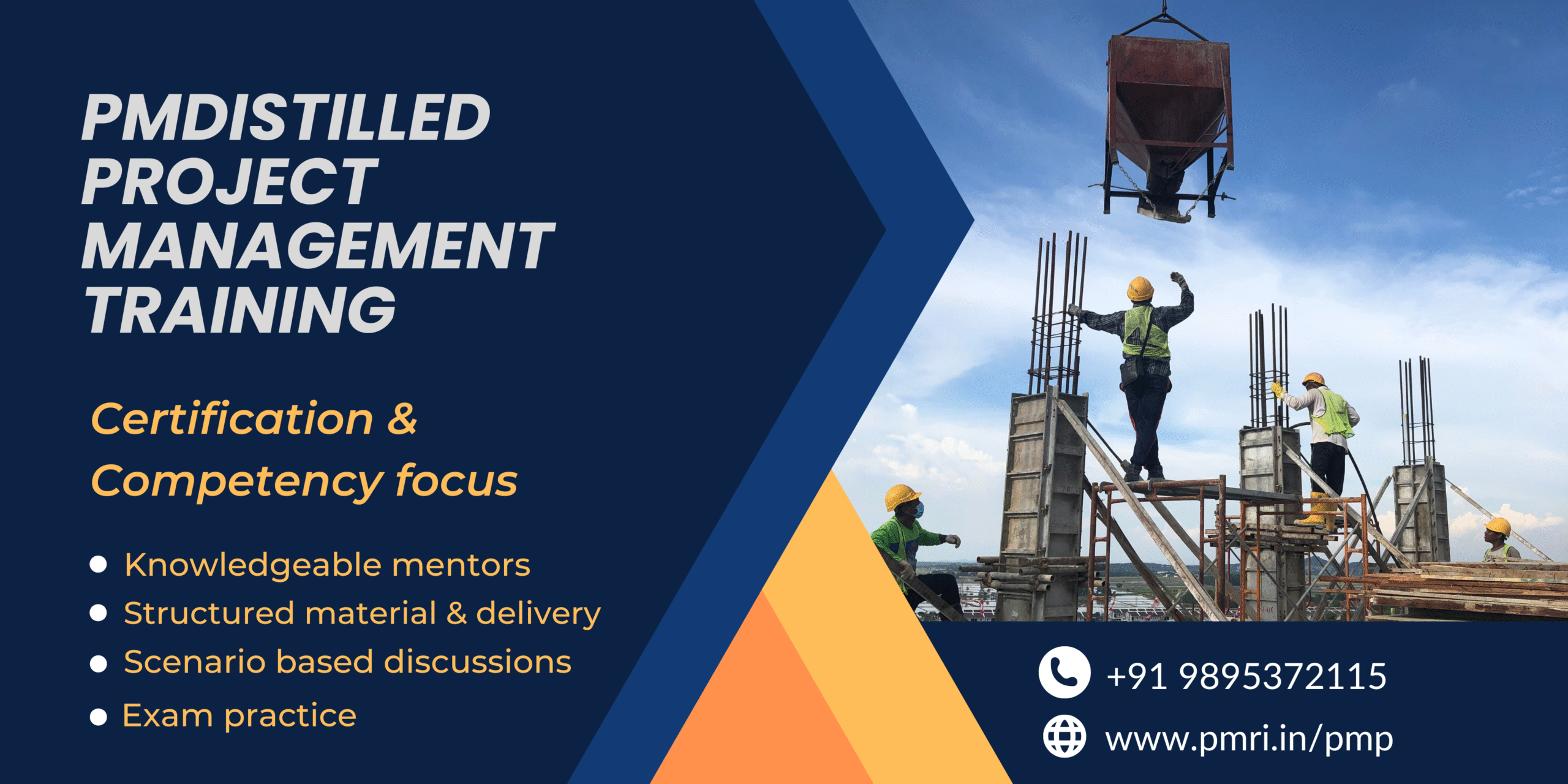
Monitoring and controlling stakeholder engagement is crucial for project success, as it ensures that stakeholders remain engaged, informed, and supportive throughout the project lifecycle. Here’s how to effectively monitor and control stakeholder engagement:
- Stakeholder Analysis: Continuously assess and update stakeholder analysis to understand the interests, expectations, and influence of key stakeholders. Identify stakeholders who have a significant impact on the project and prioritize your efforts accordingly.
- Stakeholder Communication: Maintain regular communication with stakeholders to keep them informed about project progress, updates, and decisions. Tailor communication methods and messages to meet the needs and preferences of different stakeholders. Use a variety of communication channels, such as meetings, emails, reports, and presentations, to ensure effective communication.
- Stakeholder Engagement Plan: Refer to the stakeholder engagement plan to guide your efforts in engaging stakeholders. Monitor the implementation of the engagement plan and make adjustments as needed based on feedback and changing stakeholder dynamics.
- Feedback Mechanisms: Establish feedback mechanisms to solicit input and feedback from stakeholders on project-related matters. Encourage stakeholders to share their opinions, concerns, and suggestions openly. Actively listen to stakeholder feedback and address any issues or concerns promptly.
- Stakeholder Meetings and Workshops: Organize stakeholder meetings, workshops, or focus groups to facilitate collaboration, discussion, and decision-making. Use these forums to gather input, resolve conflicts, and build consensus among stakeholders.
- Stakeholder Surveys: Conduct stakeholder surveys to assess stakeholder satisfaction, perception, and engagement levels. Use survey results to identify areas for improvement and make adjustments to your engagement strategies accordingly.
- Issue Resolution: Address any issues, conflicts, or concerns raised by stakeholders in a timely and effective manner. Work collaboratively with stakeholders to find mutually acceptable solutions and mitigate any negative impacts on project progress or outcomes.
- Stakeholder Influence Mapping: Continuously monitor stakeholder influence and power dynamics to identify potential risks and opportunities. Adjust your engagement strategies based on changes in stakeholder influence and priorities.
- Performance Metrics: Define performance metrics to measure stakeholder engagement effectiveness. Track key indicators such as stakeholder satisfaction, participation levels, and responsiveness to gauge the success of your engagement efforts.
- Lessons Learned: Regularly capture and document lessons learned from stakeholder engagement activities. Identify best practices, challenges, and opportunities for improvement, and incorporate them into future projects to enhance stakeholder engagement effectiveness.
By effectively monitoring and controlling stakeholder engagement, project managers can foster positive relationships, build trust, and enhance stakeholder support, ultimately contributing to project success.

